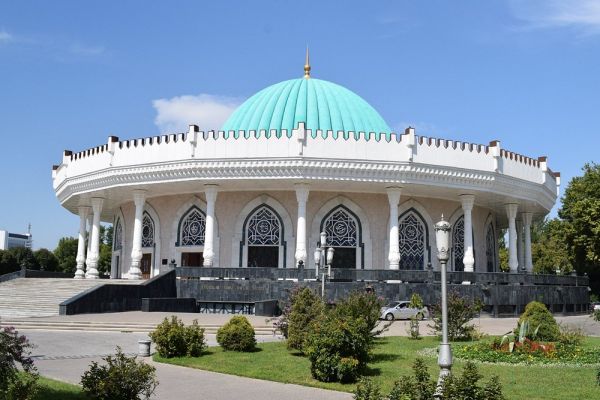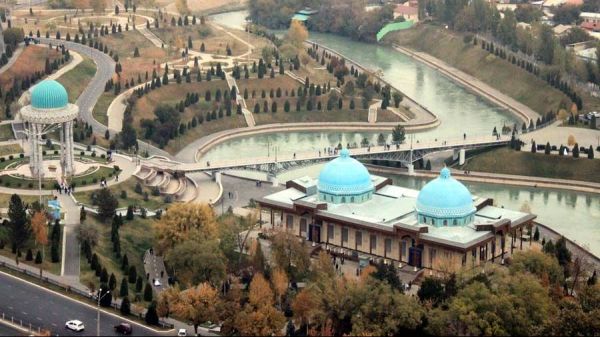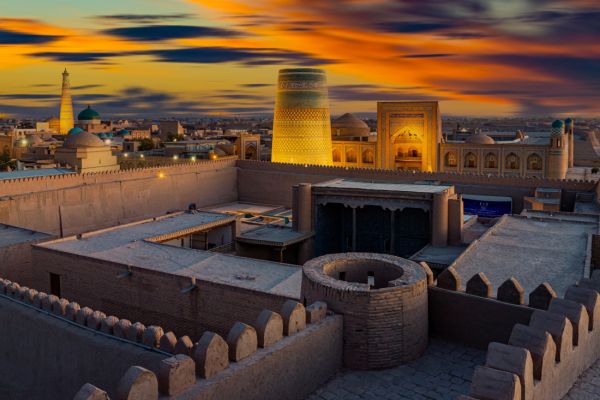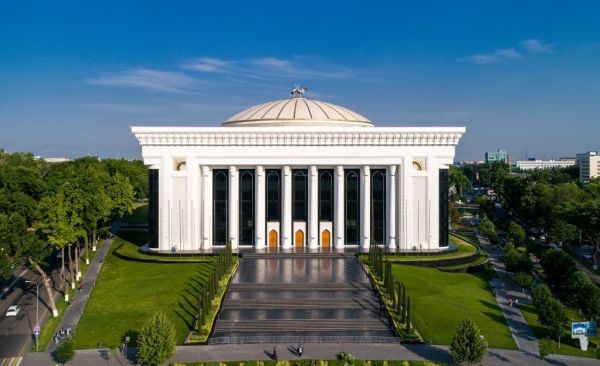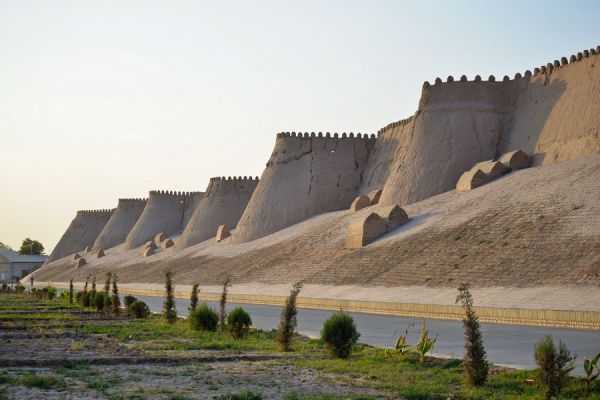Museum of Applied Arts
In 1927, an exhibition of samples of the best works of Uzbek masters was organized in Tashkent. Subsequently, it turned into a permanent exhibition and was named the Exhibition of the National Economy of Uzbekistan.
Every year, exhibits accumulated, and products from past centuries were acquired: handmade embroidery, skullcaps, jewelry, carpets, and other examples of folk applied art. It was these works of folk applied art that began to be shown at the Museum of Handicrafts, opened on July 7, 1937 in Tashkent.
In 1960, it was named the Permanent Exhibition of Applied Art of Uzbekistan.
In 1997, the museum was transferred to the Ministry of Cultural Affairs of the Republic of Uzbekistan and received the status of the "State Museum of Applied Arts".
Artistically, the exhibits stored in the museum's treasuries can be divided into 3 groups: works of applied art created on the basis of ancient traditions and related to schools; works enriched with artistic ornaments created since the second half of the twentieth century, taking into account the traditional methods of folk craftsmen; and the third group consists of works of modern art decorated with multicolored ornaments. based on the development of modern applied art.
The exhibits collected in the museum's storerooms are kept in collections divided into 20 items and are displayed in exhibitions of these types.
The Uzbek people are known all over the world for their unique, unique examples of applied art. Its origins go back to ancient times, but the masters of folk art crafts from generation to generation preserve original traditions in woodcarving and ganch, metal stamping, jewelry, ceramics, carpet weaving, weaving, gold embroidery, embroidery and other types of applied art. Currently, numerous exhibits of applied art are kept in the republic's museums.
President of the Republic of Uzbekistan I.A. Karimov emphasized: "We learn about a people not by their name, but by their culture, through their spirituality, and we look into the origins of their history."
Indeed, the priceless monuments of material and spiritual culture presented in museums are rare witnesses of our history.
It is no coincidence that during the years of independence, special attention has been paid to improving the activities of the republic's museums. A vivid evidence of this is the decision of the Cabinet of Ministers taken in 1994 and 1998 on measures to improve the activities of museums, the creation of the Uzbek Museum Foundation, the organization in Tashkent of the State Museum of the History of Uzbekistan, the State Museum and History of the Temurid period, the Museum of Memory to victims of repression, and the archaeological Museum in Termez. The decree of the President of the Republic of Uzbekistan dated January 12, 1998 "On the fundamental improvement and improvement of the activities of museums" emphasized the need for "even greater improvement of the system of museums formed since ancient times in Uzbekistan, raising the level of their place in the moral and spiritual enrichment of the people, as well as to protect, study, enrich, show to the whole world and promote the stored The museum collections contain rare, priceless exhibits showing the steps of our independence, the rich history of the people, and using them to grow the consciousness of the people., a sense of devotion to the motherland and the independence of national identity and pride." The Republican State Museum of Applied Arts houses unique monuments of folk applied art, which are an integral part of national culture. The museum exhibits more than 50 types of folk applied art.
As you know, over the centuries, peculiar centers of folk art crafts have been formed on the territory of Uzbekistan. Each region has its own direction. Chust is widely known for its skullcaps, knives, Rishtan - azure ceramics, Margilan - iridescent satin, Bukhara - gold embroidery.
In the halls of the museum, you get real pleasure from the wonders created by human hands, from the uniqueness of each sample.
The museum houses more than 7,000 rare examples of applied art. However, the museum area does not allow to exhibit them all. This catalog may, to some extent, contribute to public awareness of our rich cultural heritage, and to the formation of interest among the people, especially among young people, in the culture of their own country. This catalog will also be interesting for art lovers.
Currently, the treasures of the museum contain pearls of applied art created by craftsmen from the first half of the 19th century to the present day.
